The potential of life to persist and adapt across eons is demonstrated by the natural world, where several species have remained essentially unmodified for hundreds of millions of years. These living fossils offer hints about the evolutionary path taken by life on Earth, giving us a glimpse into the past. Every organism narrates a tale of survival and adaptation in a constantly shifting habitat. These species’ extraordinary longevity casts doubt on our knowledge of biology and evolution and highlights their special adaptations and importance in the overall scheme of existence.
Table of Contents
Extinct Species Are Still Extant On Earth
Hoatzin

Because of its unusual features, the hoatzin, a unique tropical bird found in South America’s Amazon and Orinoco river basins, is sometimes referred to as the “dinosaur bird.” The most distinctive characteristic of hoatzin chicks is that they have claws on their wings, which is thought to be a remnant of their ancient predecessors and a physical connection to the birds’ evolutionary history.
With their ability to climb trees and swim, these claws provide a unique window into the physical characteristics that may have been shared by their bird predecessors. The hoatzin is one of the few birds with a foregut fermentation system akin to that of cows, as its primary food is leaves, which it ferments in its larger crop.
Gharial
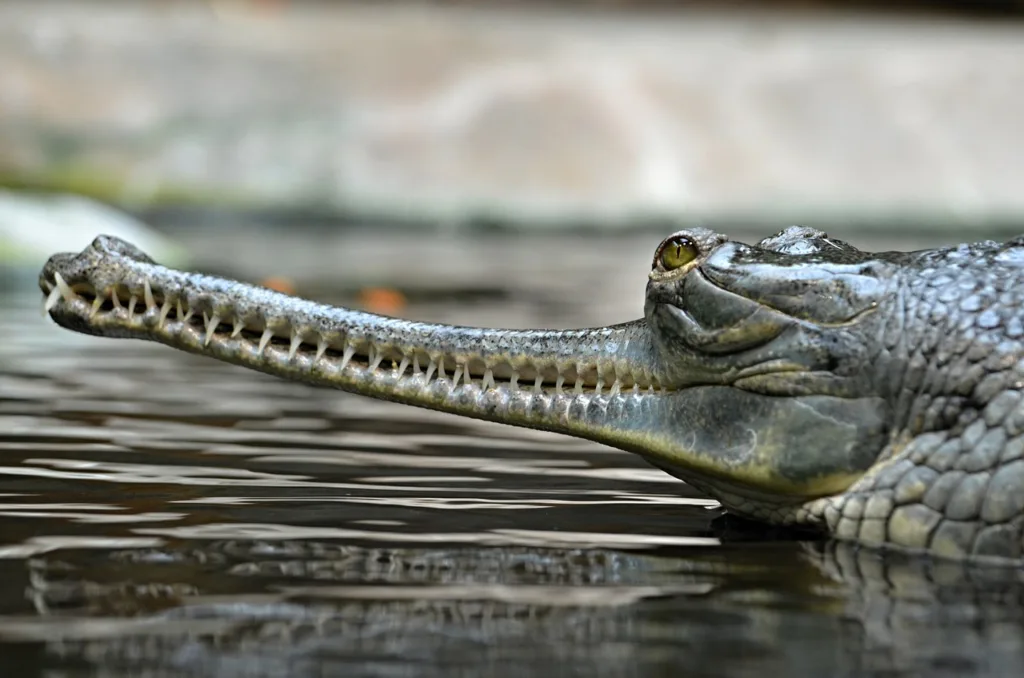
The big, critically endangered gharial, also called the gavial, is a native of the Indian subcontinent. It is easily identified by its characteristic long, narrow snout, which is designed for fish-catching. The gharial has a direct link to the prehistoric past because of its essentially unchanged look and lineage that dates back over 100 million years. Gharials pose little threat to people since their small jaws cannot swallow huge food, unlike other crocodilians. They are critically threatened with extinction now due to habitat loss, entanglement in fishing nets, and river pollution.
Solenodon

Small, nocturnal animals, solanodons are unique in the Caribbean because they are among the last living representatives of a 76 million-year-old lineage. These animals are distinct from other mammals because of their poisonous bite, which is administered through grooves in their second lower incisors. Although they have an extended nose that they use to smell out insects and other small prey, soldodons resemble shrews. Even though they are currently in danger owing to habitat destruction and imported predators, their survival is proof of their adaptability.
Tuatara
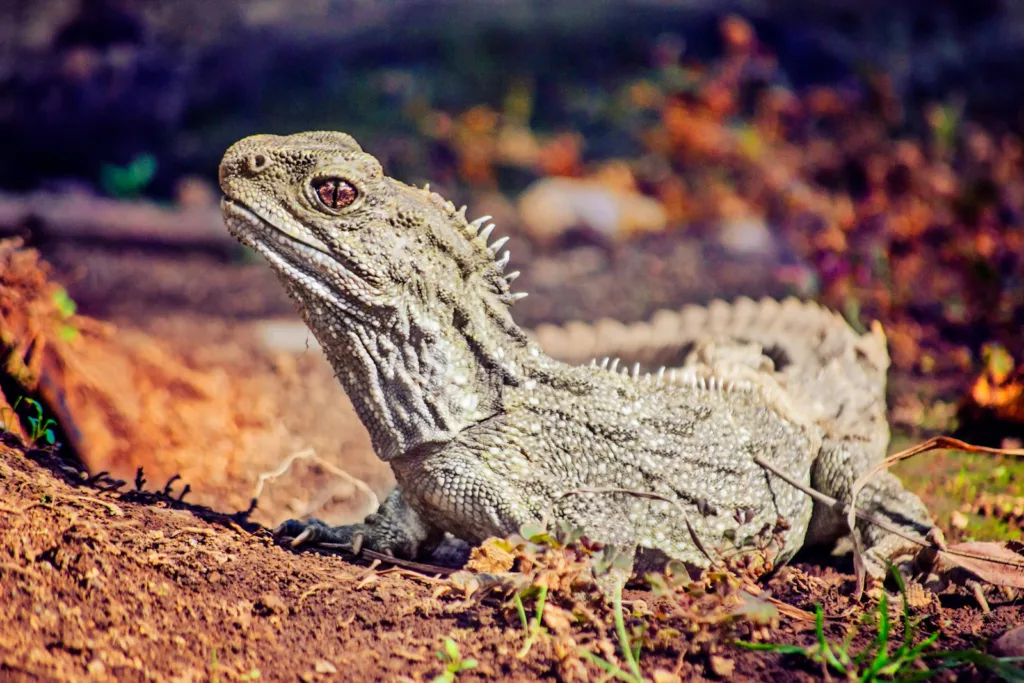
Tuataras are native to New Zealand and are members of the Sphenodontia lineage, which flourished approximately 240 million years ago during the dinosaur era. They are not lizards. Of an order that formerly contained numerous other species, they are the only ones now alive. One of the distinctive characteristics of tuataras is the prominent parietal eye located on top of their head, which is believed to aid in the regulation of their circadian rhythms. Tuataras offer scientists a live window into the distant past with their sluggish growth rate, long lifespan, and ancient lineage, which sheds light on the evolution of vertebrates.
Sturgeon

With a 200 million-year evolutionary history, sturgeons are old fish. Their elongated shapes and unique armored bodies, which have not changed much throughout their evolutionary history, are what define them. Sturgeons are among the most economically significant fish species globally because of the great value placed on their roe, which is turned into caviar. But this has also resulted in overfishing and poaching, endangering the existence of numerous sturgeon species.
Greenland Shark

With a lifespan expected to reach 400 years, Greenland sharks are among the oldest animals still alive today. With little evolutionary changes over millions of years, these sharks still live in the frigid, deep waters of the North Atlantic and Arctic Oceans. Their broad diet—which includes fish, seals, and even the corpses of reindeer and horses—shows how adaptable they are. Scientists are very interested in studying Greenland sharks because of their extraordinary longevity and sluggish development rate, particularly in aging and longevity-related fields.
Crocodilians (Crocodiles & Alligators)
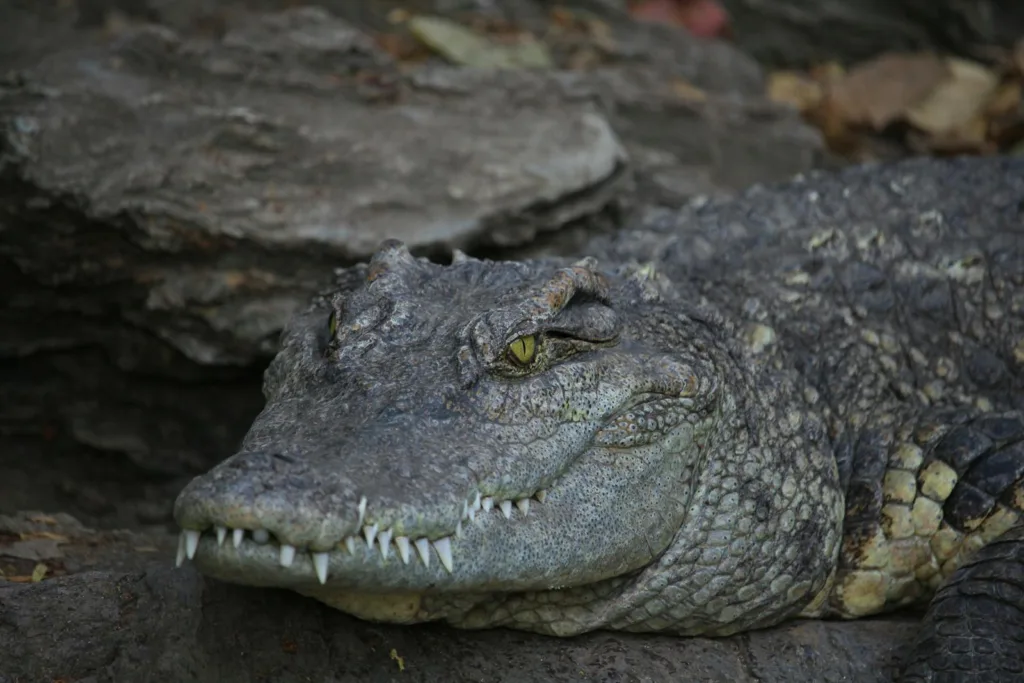
As the closest surviving cousins of dinosaurs and birds, crocodilians, which include crocodiles, alligators, caimans, and gharials, have a lineage that dates back around 200 million years. With their strong jaws, semi-aquatic habits, and robust bodies, they haven’t altered much since the time of the dinosaurs and can now survive in a variety of settings. As the top predators in their ecosystems, crocodilians are essential to preserve the equilibrium of their watery environments. Their ability to adapt and the success of their evolutionary design are demonstrated by their millions of years of survival.
Jellyfish
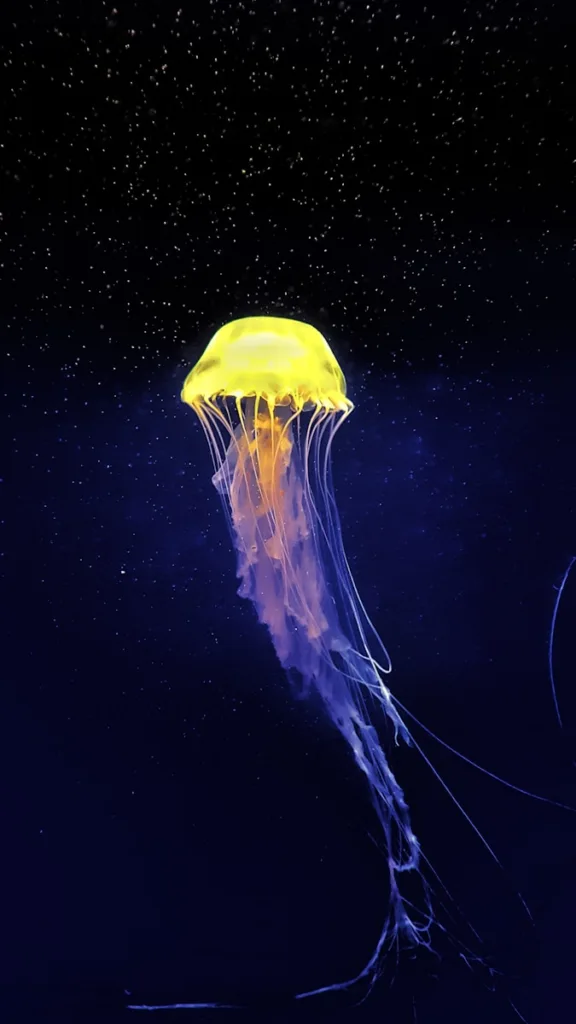
With a phylogenetic tree that dates back 500–700 million years, jellyfish are among the oldest multiorganic creatures on Earth, even older than dinosaurs. These animals are distinguished by their straightforward but efficient body plan, which consists of trailing tentacles with stinging cells that are employed to catch prey and a gelatinous bell-shaped umbrella. Jellyfish have evolved to survive in a variety of marine habitats, from the deep sea to coastal waters, despite their basic shape. Their sustained success throughout millennia is highlighted by their large-scale reproduction capacity and their dual role as predators and prey in marine ecosystems.
Aldabra Giant Tortoise

One of the biggest and oldest terrestrial species still alive is the Aldabra giant tortoise, which is native to the Seychelles’ Aldabra Atoll. These tortoises are fascinating to examine in the field of aging and longevity because of their extraordinary longevity—some have lived over 150 years. It is thought that their lifespan and size are adaptations to their secluded island habitat, where they have few natural predators. As grazers that support the habitat’s vegetation structure, gigantic tortoises like the Aldabra tortoise are essential to the environment.
Sharks
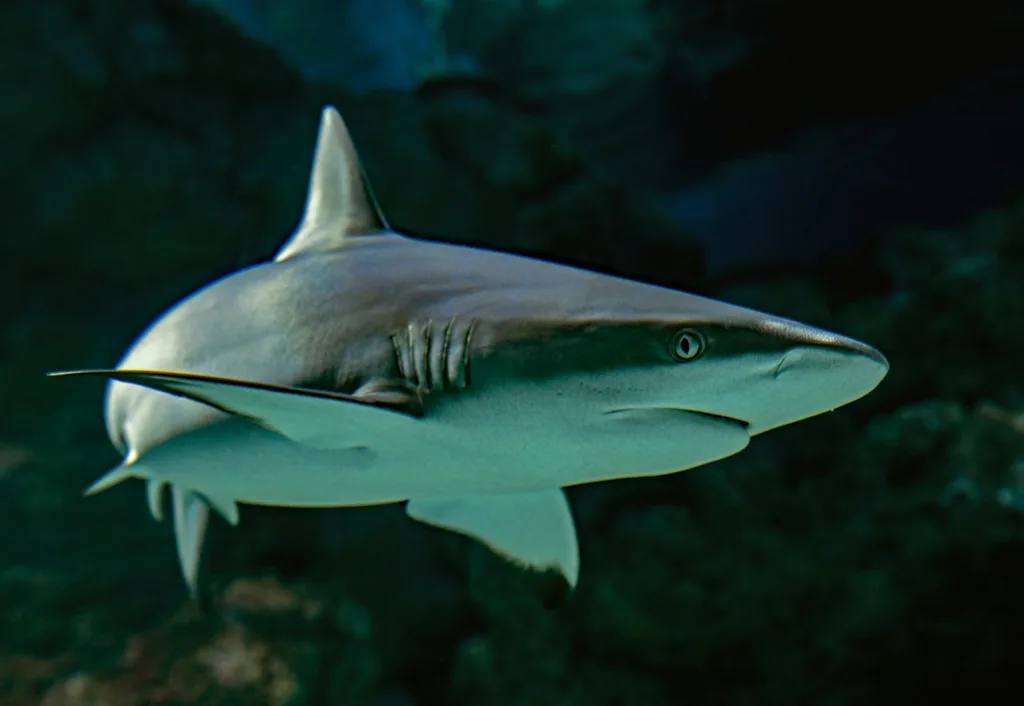
Sharks are among the oldest animals still seen in the oceans today, with a phylogeny dating back more than 400 million years. They have a unique history that includes surviving five major extinction events, which is evidence of their adaptation and resilience. In the marine environment, sharks are both revered and feared as powerful predators that have developed throughout the ages. Because of their ability to evolve, they are still an essential part of the marine ecosystem and can survive in a variety of oceanic conditions.
Horseshoe Crab
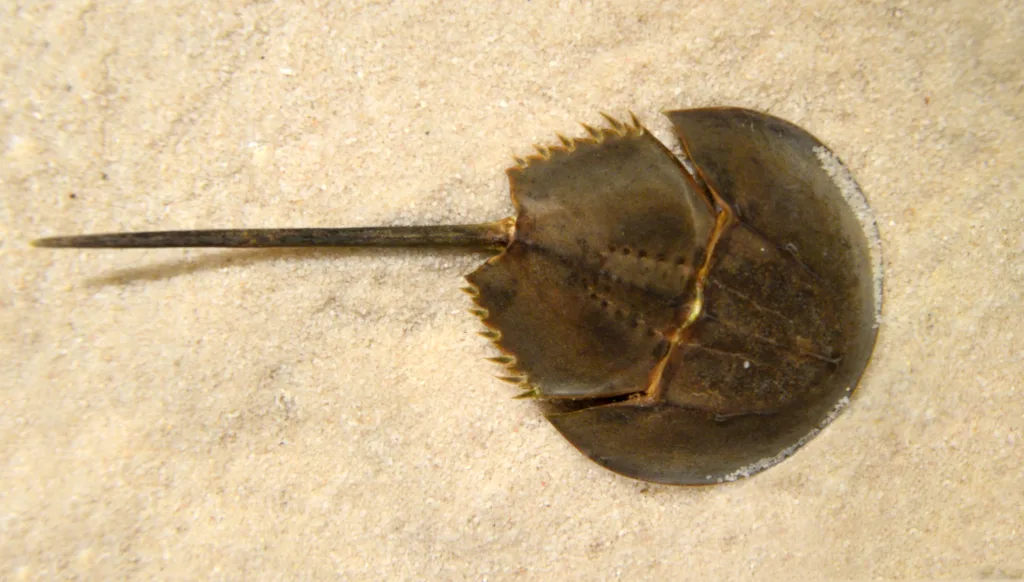
Marine arthropods, horseshoe crabs are older than dinosaurs, with a lineage that dates back about 450 million years. Their characteristic blue blood is widely prized in medical research for its capacity to identify bacterial toxins, which is essential for ensuring the security of medical equipment and vaccinations. Horseshoe crabs are not closely related to other crabs; rather, they are more closely connected to spiders and scorpions. Their importance in natural history and modern medicine is highlighted by their look, which has remained constant throughout millions of years, and their ecological role in coastal environments as a source of food for migrating birds.
Nautilus
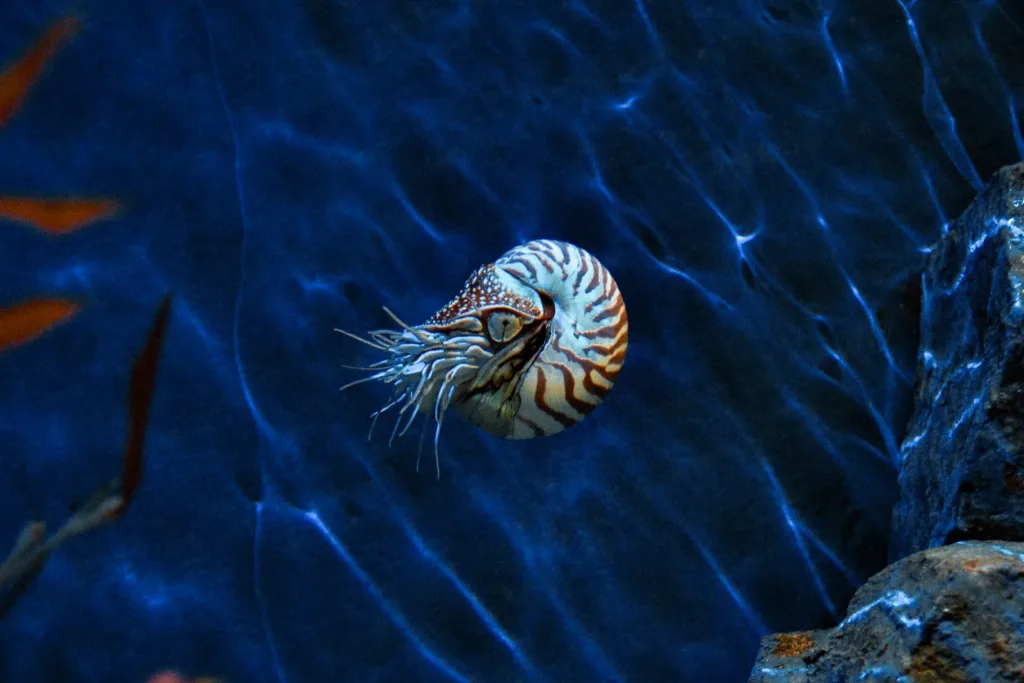
Marine life has been present in Earth’s waters for around 500 million years, and this includes nautiluses. Their distinctive spiral shells, basic eyes, and jet-propulsion mode of propulsion have all been mostly unchanged across eons, demonstrating their effective adaptation to marine settings. Nautiluses exhibit a distinct set of adaptations that have allowed them to survive despite significant changes in Earth’s climate and sea levels. They utilize their tentacles to acquire prey and their shells to control their buoyancy. Their ability to withstand adversity and the efficacy of their basic yet practical anatomical traits is demonstrated by their extensive evolutionary history.
Lungfish
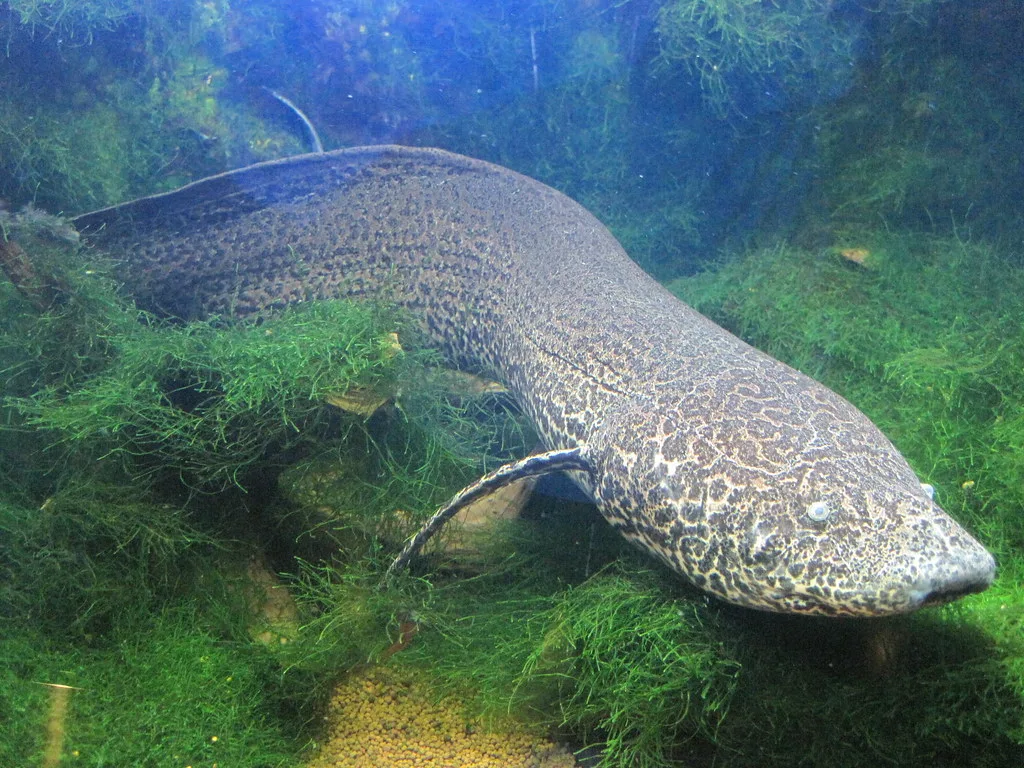
Lungfish are freshwater fish with an interesting evolutionary history that dates back around 400 million years. Their most remarkable feature is that they have lungs in addition to gills for the extraction of oxygen; this is a primordial feature that connects them to the evolutionary shift of vertebrates from the sea to the land. Lungfish are able to adopt a condition of estivation during dry seasons because they have adapted to live in habitats where water availability varies. Their durability and evolutionary significance are shown by their capacity to withstand harsh environments.
Platypus
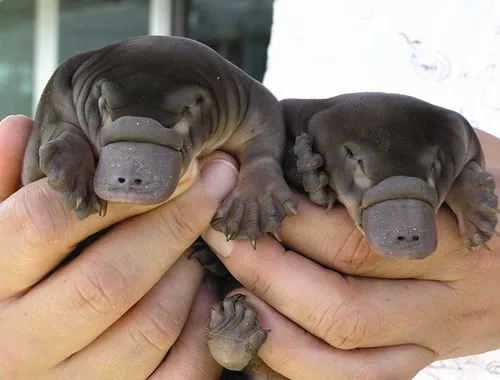
The platypus is a unique animal that combines characteristics of both reptiles and mammals, such as laying eggs in place of giving birth to live young. The platypus is a unique animal that is native to eastern Australia, which includes Tasmania. It has features such as a duck-bill, webbed feet, and a tail like a beaver. The male platypus, which has a painful venomous spike on its hind foot, is one of the few venomous animals. This distinct combination of traits offers important insights into the evolutionary history of mammals by reflecting the platypus’s early separation from the mammalian evolutionary tree, which occurred approximately 166 million years ago.
Arowana (or Arapaima)
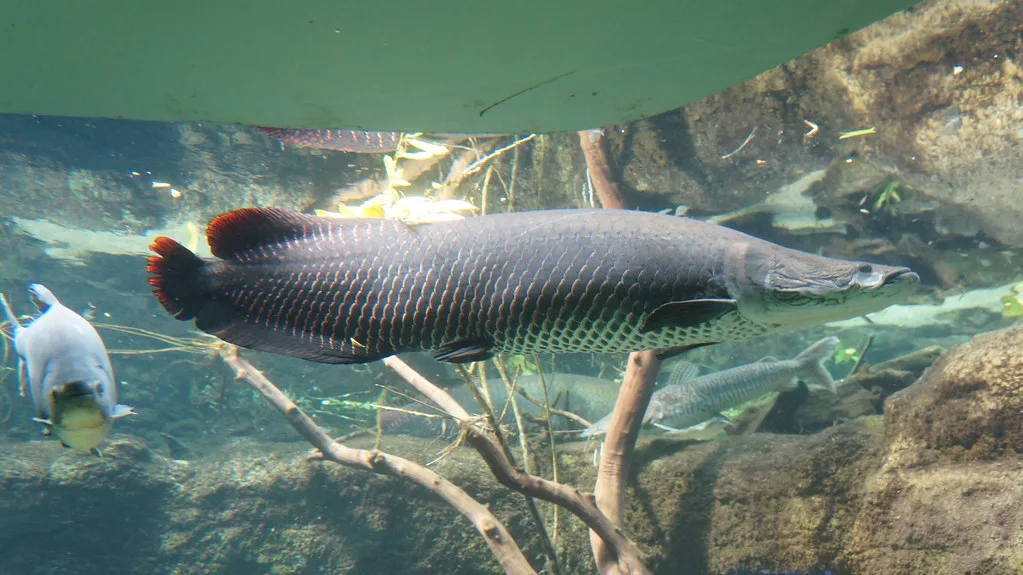
Large freshwater fish called Arowanas and Arapaimas can be found in the Amazon Basin and other tropical seas. Because of their basic characteristics, like having an organ like a lung that allows them to breathe air directly, these fish are respected as “living fossils.” Since they have been around for millions of years, these animals have adapted to numerous environmental changes while retaining traits from their distant forebears. With the ability to reach enormous sizes, they are the top predators in their respective environments. They are remarkable instances of evolutionary persistence because of their sophisticated respiratory systems, which allow them to thrive in low-oxygen settings.
Komodo Dragon

The largest living lizard is the Komodo dragon, which is native to Indonesia. Some of these animals can reach lengths of more than three meters, or almost ten feet. Over millions of years, the species has evolved to become powerful predators by acquiring qualities including a potent poisonous bite and sharp senses. Its predecessors roamed the Earth roughly 100 million years ago. In their own environments, Komodo dragons are the top predators and feed on a wide range of creatures, such as water buffalo, pigs, and deer. They are a topic of interest and research in evolutionary biology due to their unusual combination of anatomical and physiological characteristics, including their capacity for both sexual and parthenogenetically reproducing.
you may also like : The science of fear: What happens in your brain when you experience fear? 2024
These 16 Ancient Species Still Roam The Earth (msn.com)
Species Species Species Species Species Species Species Species Species Species Species

1 thought on “These 16 Extinct Species Are Still Extant On Earth”